China’s comprehensive space plans—including launches, robotic moon bases, and interplanetary manned missions—will make the country a major space power by 2050.


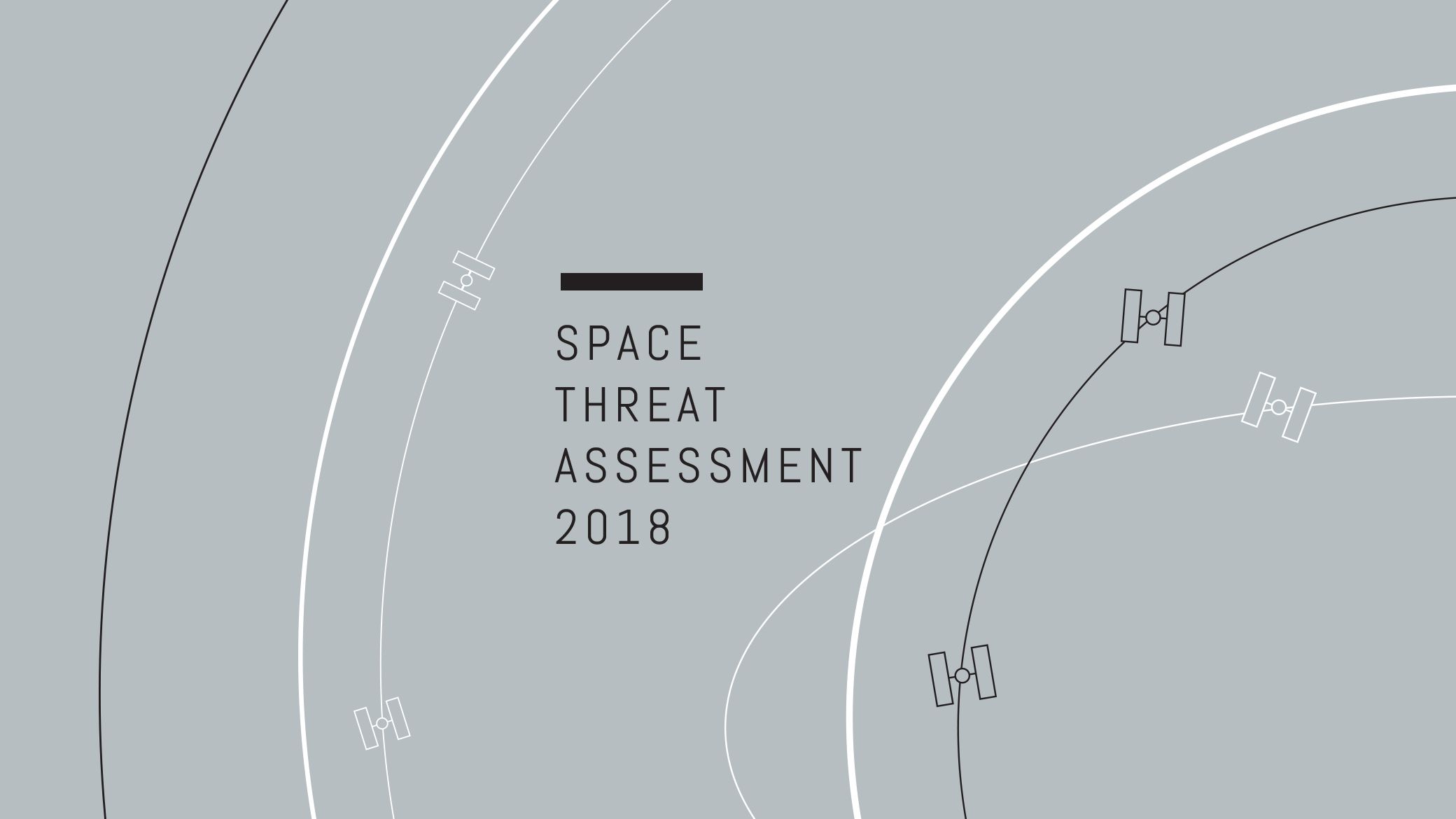
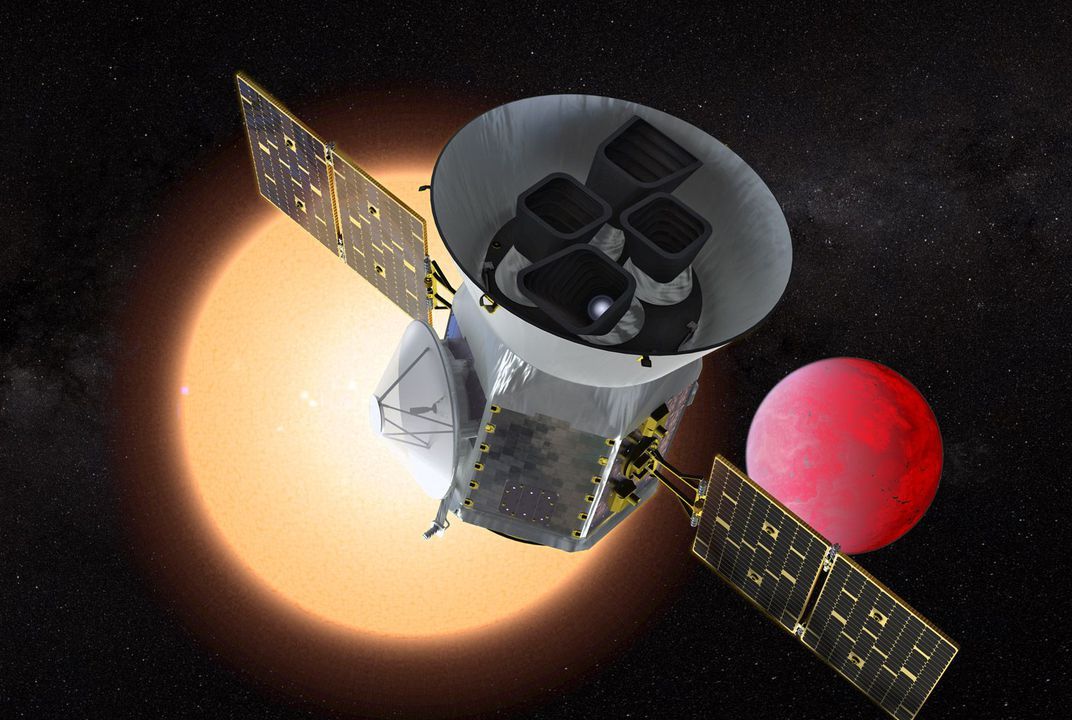
American astronaut Andrew “Drew” Feustel recorded a video message aboard the International Space Station commemorating Holocaust Remembrance Day.
In the video released on Thursday, the NASA geophysicist, who is not Jewish, displayed a replica of a drawing titled “Moon Landscape” by Petr Ginz, a Czech teen with Jewish roots who was killed at Auschwitz. Feustel, who received the drawing from the Yad Vashem Holocaust museum in Jerusalem, noted that late Israeli astronaut Ilan Ramon had brought a replica of the very same drawing with him on board the Space Shuttle Columbia in 2003.
Ramon and the rest of that crew were killed when the shuttle broke apart shortly after takeoff.

ALBUQUERQUE, NM – Applied Research Associates, Inc. (ARA) is developing a compact, completely self-contained directed-energy weapon that is the first of its size and specifications, making it a standout from existing systems.
The Silent Saber is high power, 1.5 kilowatt fiber laser packaged in a backpack with power supplies and a unique thermal control system. A telescope with multiple potential mounting configurations can be mounted to existing Picatinny rails of a soldier’s rifle, and a laser is connected to the telescope by a fiber cable.
“This tool provides options to the warfighter to support explosive ordnance disposal, counter infrastructure and counter drone missions,” said Principal Engineer Joseph Paranto, ARA’s Director of Directed Energy Systems.
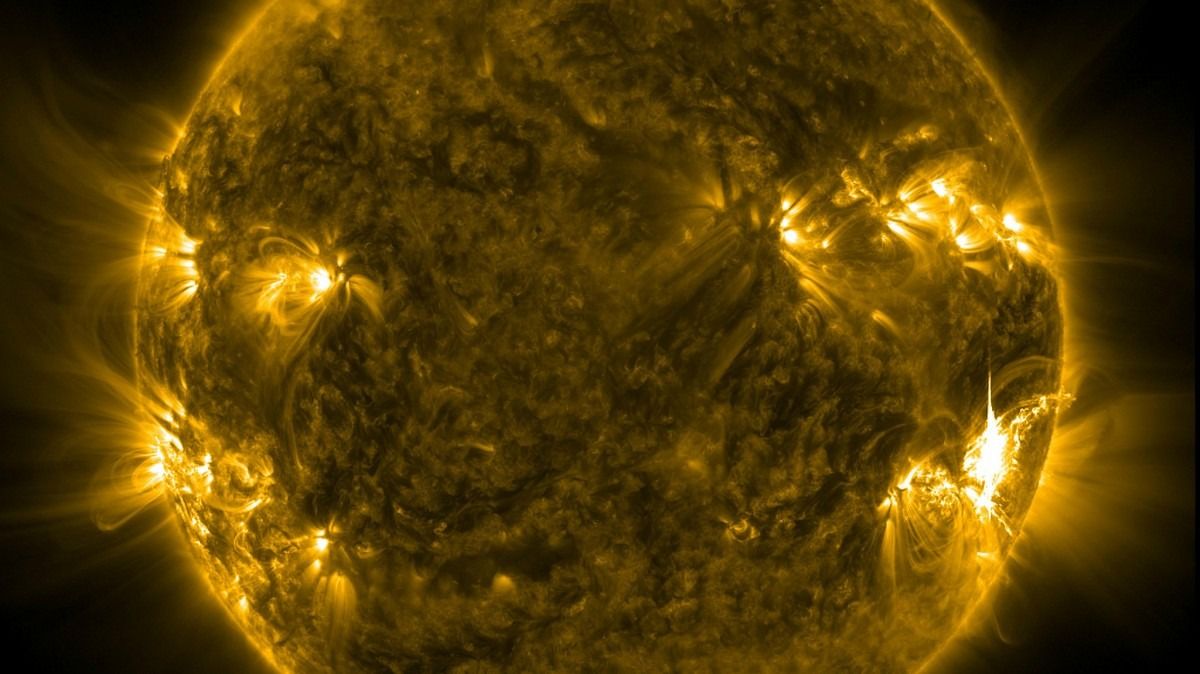
Will lead to very interesting weather.
The sun just developed three new holes – with a spectrum of effects expected.
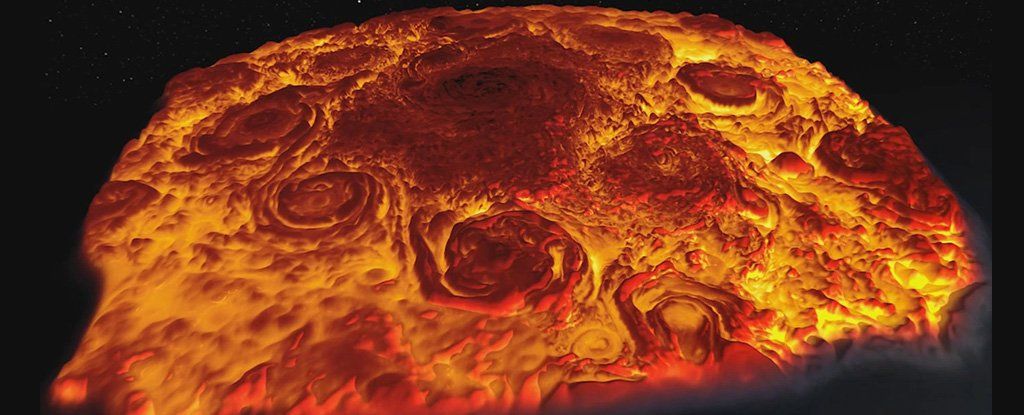
Incredible!
NASA’s Juno probe continues to whip around Jupiter and beam back incredible new colour photos of the giant planet.
But images that capture the planet’s stormy poles in infrared light, which is invisible to human eyes, are helping to crack the mysteries of Jupiter’s inner workings.
NASA released a new 3D animation on Wednesday that was made using infrared photos of Jupiter’s poles. Juno is documenting those mysterious regions of the enormous planet for the first time in history.
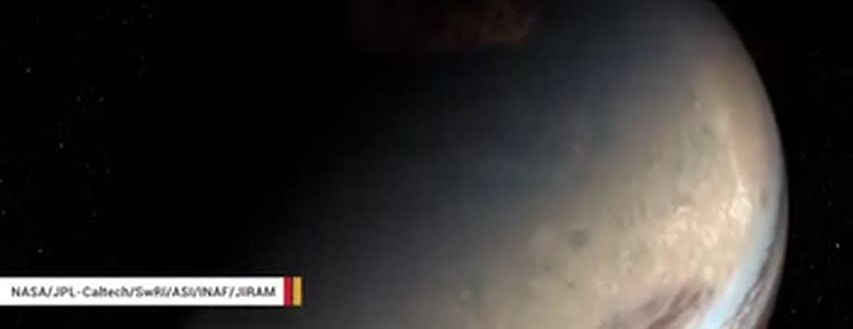
JUST IN:
NASA released an infrared tour of Jupiter’s North Pole on Wednesday, April 11.
The 3D movie depicts the densely packed cyclones and anti-cyclones on the planet, according to NASA.
Data collected by Juno mission scientists using the Jovian InfraRed Auroral Mapper (JIRAM) instrument, helped generate the animation. JIRAM records the light from deep inside Jupiter, whether it is night or day.
ESA’s Mars Express orbiter is getting a major software upgrade that will extend its service life for years to come. On Sunday, the space agency uploaded the update into the veteran deep space probe’s computers where it will remain stored in memory until a scheduled restart on April 16. If successful, it will take some of the burden off the aging gyroscopes used to keep the unmanned spacecraft’s vital high-gain radio antenna pointed at Earth.
As anyone who regularly uses digital devices can tell you, software updates are a way of life. It turns out that Mars orbiting spacecraft are no exception, with aging electronics that need new instructions to deal with worn out components after years of heavy use.
Mars Express is one of the oldest still-functioning missions to the Red Planet. Launched on June 2, 2003 atop a Soyuz-FG rocket from the Baikonur Cosmodrome, the orbiter arrived at Mars on December 25 of that year. Since then, it has spent 14 years revolving about Mars taking photographs and gathering a mountain of scientific data to send back to mission control in Darmstadt, Germany.
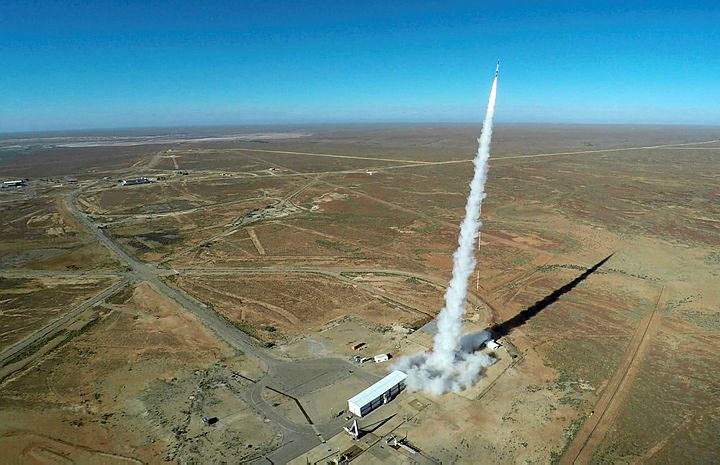
The University of Nebraska College of Law is joining forces with space and military law experts from Australia and the United Kingdom to take the lead on understanding how our Earth-bound laws will be applied in times of armed conflict in outer space.
Some of the best legal and policy minds at the University of Adelaide, UNSW Canberra, University of Exeter and Nebraska Law will draft the definitive document on military and security law as applied to space.
The Woomera Manual on the International Law of Military Space Operations is to be completed in 2020. It will draw on the knowledge of dozens of legal and space operations experts from around the world.